Move Over, Cottagecore: This Posh London Townhouse Has Us Swooning
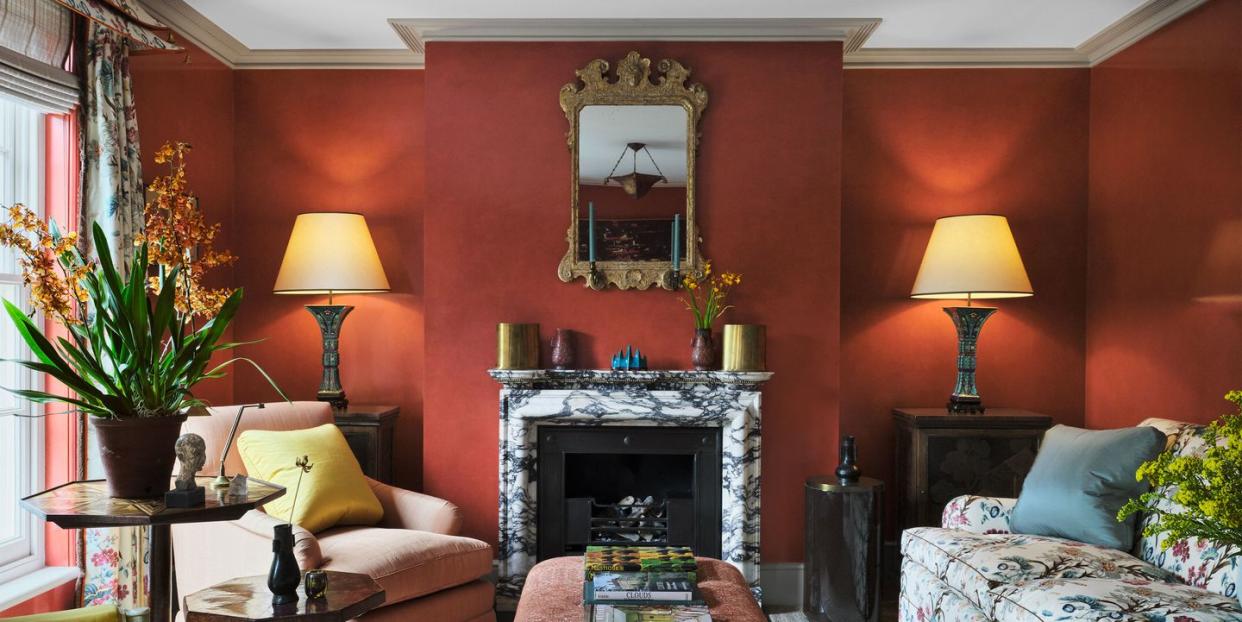
On a southern crook of London’s Belgravia, people were still sitting on folding chairs in Orange Square in the late afternoon, scraping plates of rabbit in mustard sauce. The long-established bistro that sets out the chairs, La Poule au Pot, sits under the broach spire of St. Barnabas Church and in the shade of two-story-high London plane trees. The scrubbed-doorstep neighborhood is better known for its Regency mansions a short walk north, closer to Hyde Park, but in truth many of the butcher’s-cut houses are here, folded into the short, quiet streets, and a couple of years ago an acquaintance called Veere Grenney to talk about one.
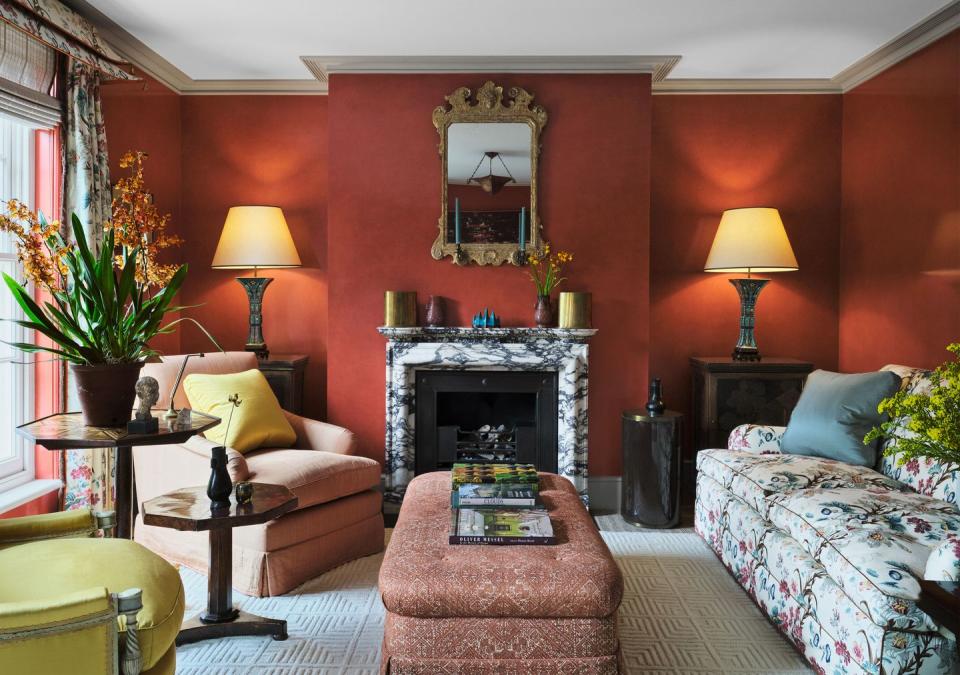
Grenney is an acclaimed, tentpole designer with a playful style (custom chintz sofas, chicken-wire wardrobes, upstairs-downstairs half-glazed doors with curtains, mounted crockery). He came to London by way of New -Zealand, where he was born, and now divides his time between Britain and Morocco, where he has a home in Tangier. The Belgravia residence was an unusual choice for the owner, an American who works in real estate and needed a foothold in the United Kingdom: an early 1980s rebuild of yellow stock brick and rusticated stucco, with Black Hamburg grapevines creeping up the facade.
The exterior was designed to harmonize with the 19th-century houses on the surrounding blocks. Inside, though, the rooms were cramped and carpeted, and in back the garden had been mostly paved over. But glancing out the windows on the second floor, the owner was unexpectedly charmed by what he saw. “The view was over the back gardens of all the other houses,” he says. “It was this remarkable borrowed landscape—unbelievably green.”
If anyone could bring the interiors up to snuff, the man surmised, it was Grenney. But the designer pulled no punches. “I told him it’s the best place in the world to live. I can think of nothing nicer,” Grenney says. “But we knew we had to gut the house completely.”
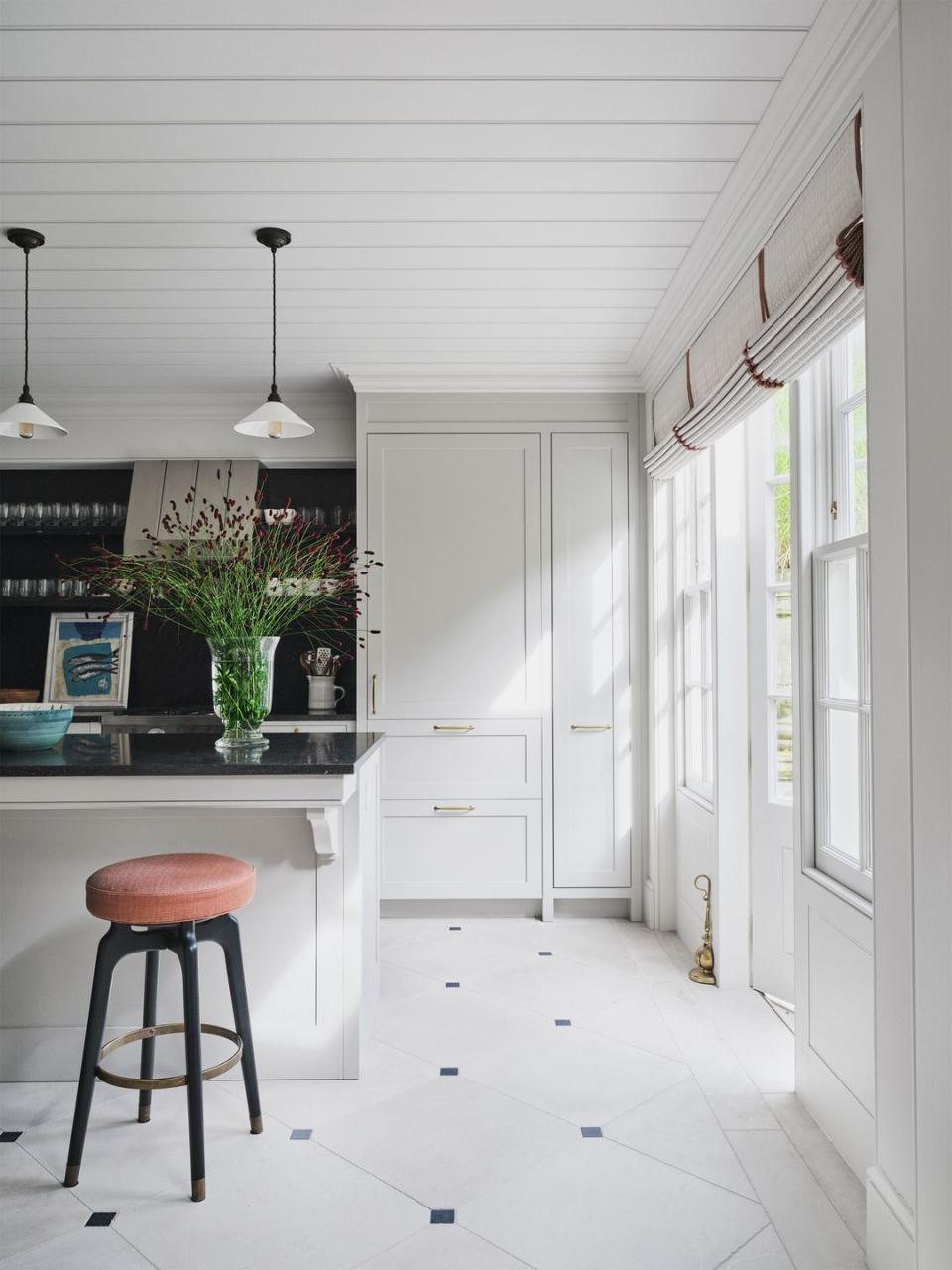
The good news was that the house didn’t have a historical listing, nor the red-tape requirements that come with that designation—a common hurdle in central London. The comparative freedom (“There is never complete freedom in England for anything,” Grenney says) allowed for a reimagining of the layout and a small extension that created a dining room, a laundry room, and two additional baths, as well as entirely new interiors throughout. The shell of the house and the grapevines stayed. Everything else went.
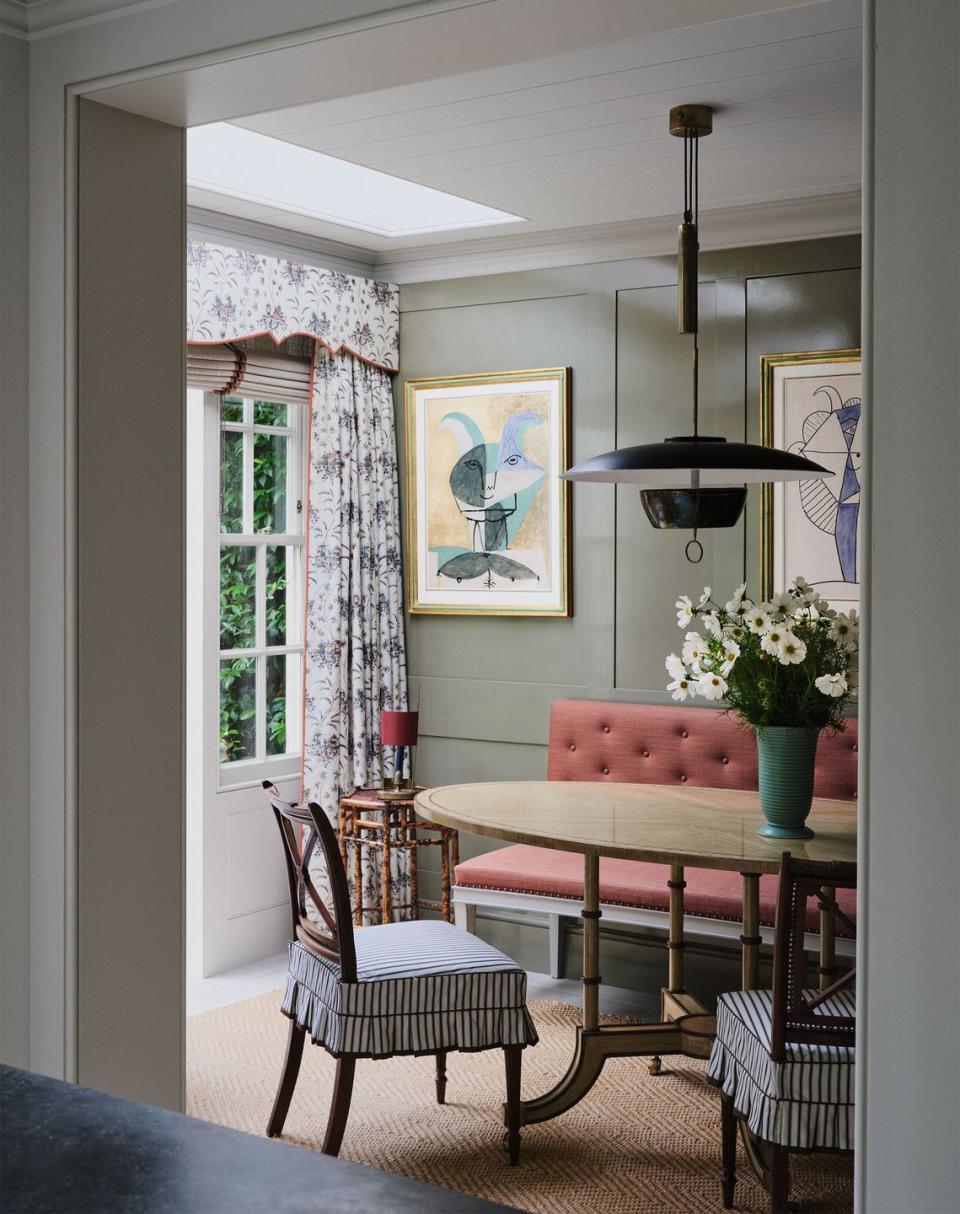
The owner has a passion for boats and was canny about the potential in small spaces. Despite the modest size of the property, at around 2,000 square feet, there are now private baths for three of the four bedrooms—“A happy life is not one with a shared bathroom,” Grenney observes—and a half bath for day visitors. A guest room has armoires on either side of the bed with scooped-out cubbies that function as nightstands; the verre églomisé bar (stocked with the better part of a case of Bordeaux) is built into the second-floor landing, extending the reach of the tangerine--colored living room on that level. The ceilings of the two bedrooms on the top floor were bumped up into a loft space, turning what was a cheek-by-jowl set of rooms into a restful aerie. “The size doesn’t matter as long as you keep the proportions in mind,” Grenney says. “A beautiful house is about feeling nurtured.”
The owner doesn’t live here full time, and when we met, Grenney explained that he imagined his client getting off the red-eye from New York and wanting to feel cosseted. “You should be able to open the curtains, bring in a few potted plants from the garden, and have it feel like home,” he said, rolling up the matchstick blinds in the kitchen to reveal a compact garden designed by Alexander Hoyle, where seven espaliered pear trees were fruiting. Inside, texture incorporated into the design (walls lined with alpaca wool “the color of Dijon at the -bottom of the jar,” said Natasha Greig, Grenney’s creative director; lacquered paint; raised “tray” ceilings covered in beadboard paneling; golf ball–shaped moldings inspired by Sir John Soane) provides built-in comfort. Then there are books in almost every room, hidden storage behind the paneling, and tactile surfaces that invite you to run your hands over them. “When a house is properly layered,” Grenney says, “all you need are flowers and the dog.”
Styled by Olivia Gregory
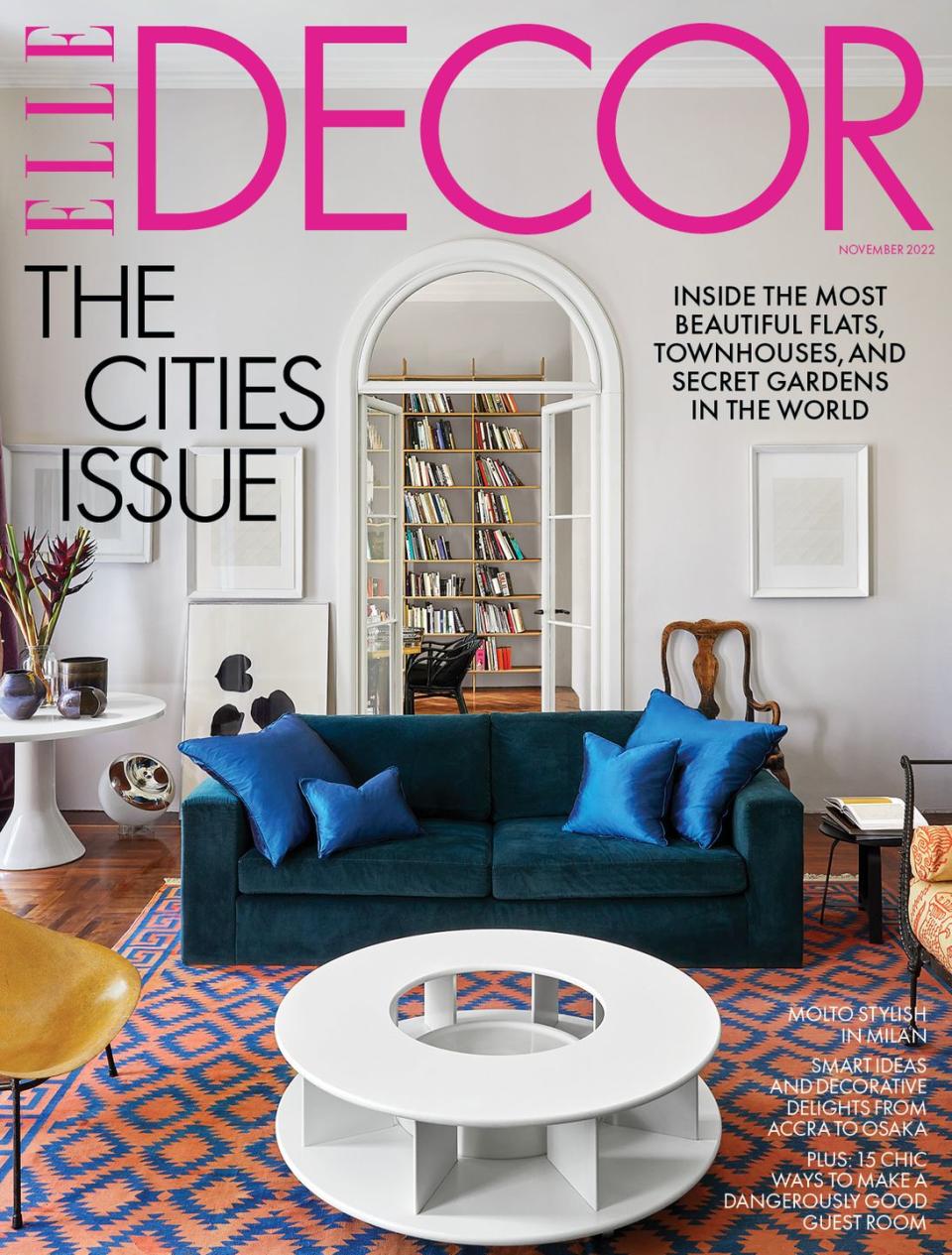
This story originally appeared in the November 2022 issue of ELLE DECOR. SUBSCRIBE
You Might Also Like

